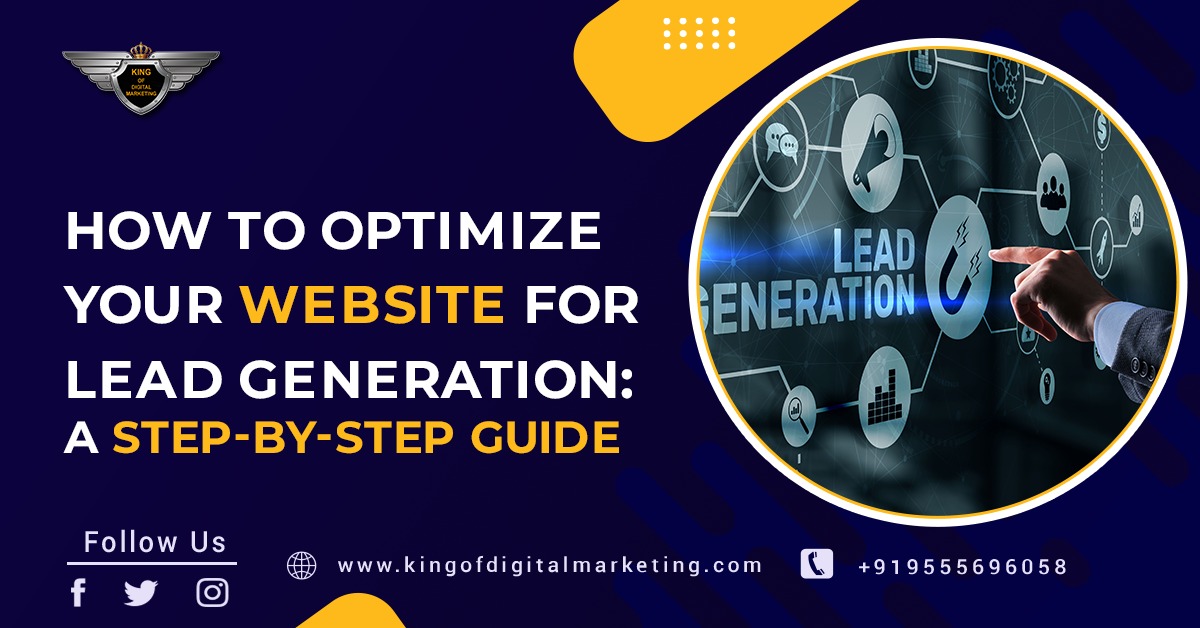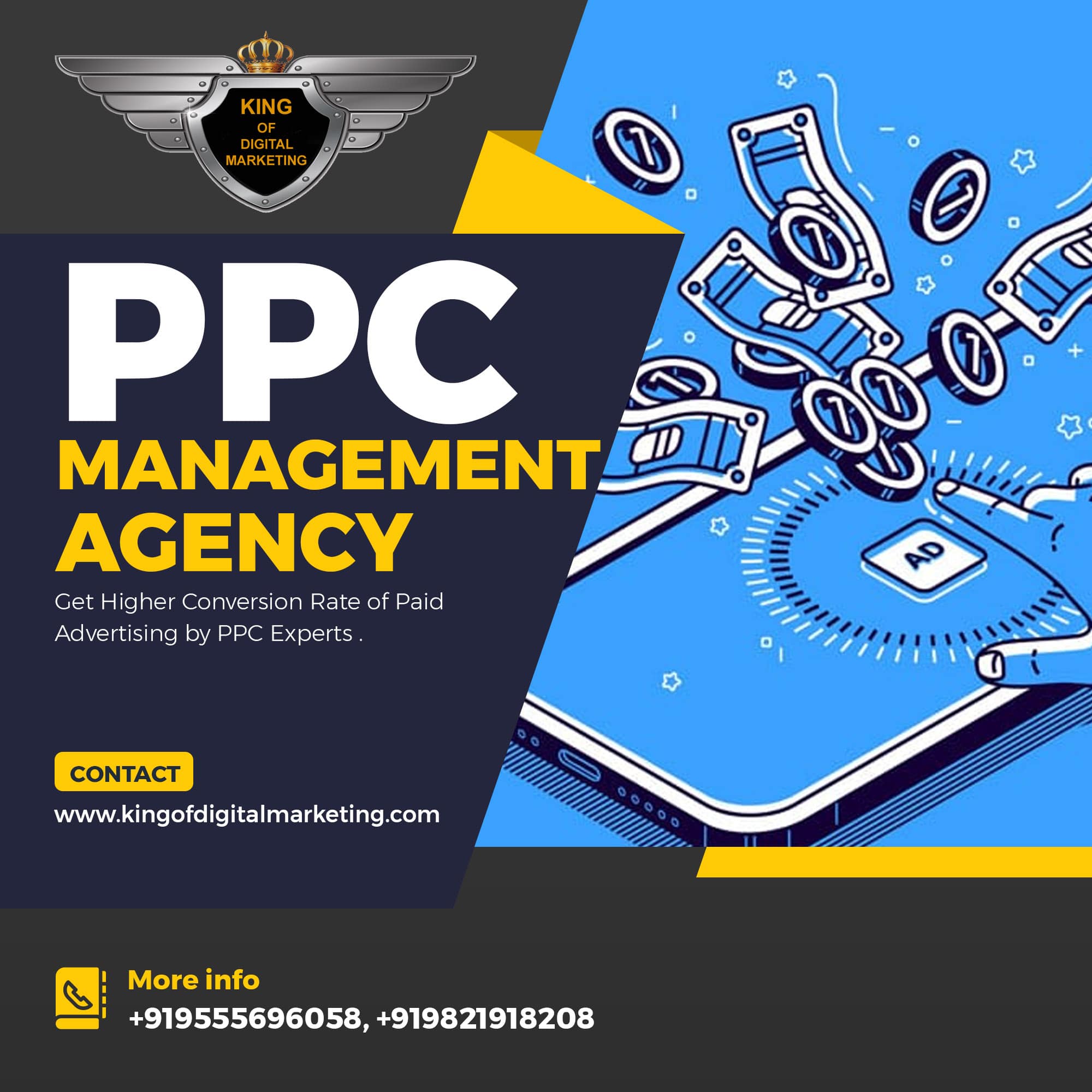How to Optimize Your Website for Lead Generation: A Step-by-Step Guide


TABLE OF CONTENT
If you want to generate leads for your business, your website should be optimized to attract and convert visitors into leads. Lead generation is the process of attracting and converting strangers into people who have shown interest in your product or service. In this article, we will provide you with a step-by-step guide on how to optimize your website for lead generation.
1. Define your target audience
The first step in optimizing your website for lead generation is to identify your target audience. You need to have a clear understanding of who your ideal customer is, what their pain points are, and what solutions you offer that can help them. Once you have this information, you can create buyer personas that represent your ideal customers. This will help you tailor your content and messaging to your target audience.

2. Define Your Unique Selling Proposition
Your unique selling proposition (USP) is what sets you apart from your competitors and makes your products or services more attractive to your target audience. It is essential to define your USP so that you can communicate it effectively on your website. To define your USP, consider factors such as what makes your products or services unique, the benefits they offer to customers, and why customers should choose you over your competitors.
3. Create Compelling Content
Compelling content is key to engaging visitors and encouraging them to act on your website. Your content should be informative, useful, and relevant to your target audience, and it should be presented in a way that is easy to read and visually appealing. Some types of content that are particularly effective for lead generation include blog posts, case studies, whitepapers, and e-books. Make sure your content is optimized for search engines (SEO) so that it can be easily found by your target audience.

4. Optimize Your Website for Conversions
Your website should be designed to encourage visitors to act, whether that is filling out a contact form, subscribing to your newsletter, or making a purchase. To optimize your website for conversions, consider factors such as the placement and design of your calls-to-action (CTAs) the clarity of your messaging, and the ease of navigation. Make sure your website is optimized for mobile devices as well, as an increasing number of users access the internet from their smartphones and tablets.

5. Develop a lead magnet
A lead magnet is an incentive that you offer to your visitors in exchange for their contact information. This can be a free e-book, a webinar, a discount coupon, or any other valuable content that your target audience will find useful. The key is to make sure that your lead magnet is relevant to your target audience and provides them with real value.
6. Use social proof
Social proof is a powerful way to build trust with your website visitors. Use customer testimonials, case studies, and reviews to show that your product or service is valuable and trustworthy.

7. Use retargeting ads
Retargeting ads are a powerful way to reach visitors who have already visited your website. Use retargeting ads to promote your lead magnet and encourage visitors to return to your website.
8.Use Forms to Capture Contact Information
Forms are an essential part of lead generation. You should use forms on your website to capture contact information from your visitors. Your forms should be simple and easy to fill out, and you should only ask for the information that you need. You can also use progressive profiling to gather more information about your leads over time.
9. Nurture Your Leads
Lead generation does not end with capturing contact information. You need to nurture your leads by providing them with valuable content and staying in touch with them. This can be done through email marketing, social media, and other channels. The goal is to keep your leads engaged and build a relationship with them.

10. Monitor your results
Finally, you need to measure your results to see how your lead generation efforts are performing. This can be done through google analytics tools that track website traffic, form submissions, and other metrics. You should use this data to optimize your website and improve your lead generation strategy.
Conclusion
In conclusion, optimizing your website for lead generation requires a strategic approach. By defining your target audience, creating a lead magnet, designing your website for lead generation, optimizing your content, using forms to capture contact information, nurturing your leads, and measuring your results, you can attract and convert visitors into leads. With a strong lead generation strategy in place, you can generate more leads for your business and grow your customer base.
Join Best Digital Marketing Course
Popular
India's Best PPC Company in Delhi

Do You Want to Run Paid Ads in Google, Facebook, Instagram? Get Best PPC Services in Delhi at Lowest Packages. Must Read
Off Page SEO Latest Techniques

Are you curious to Know the Latest Trends of Off-page SEO. Here is the latest Off Page SEO Techniques to create backlinks. Must Read
Want to Hire An SEO Freelancer?

Hire India's Best SEO Freelancer and Digital Marketing Consultant: Gaurav Dubey to Grow Your Business With Result Based SEO, SMM, PPC, Lead Generation Services. Know More About Gaurav Dubey
Join Best Digital Marketing Institute In Delhi
Agency Based Digital Marketing Course for Fully Practical Session. Students Can Make Career in Digital Marketing and Get a Job Ready in 90Days. Business Person Can Grow Your Business Learning Digital Marketing and Working Professional Can Upgrade His/her Profile.



